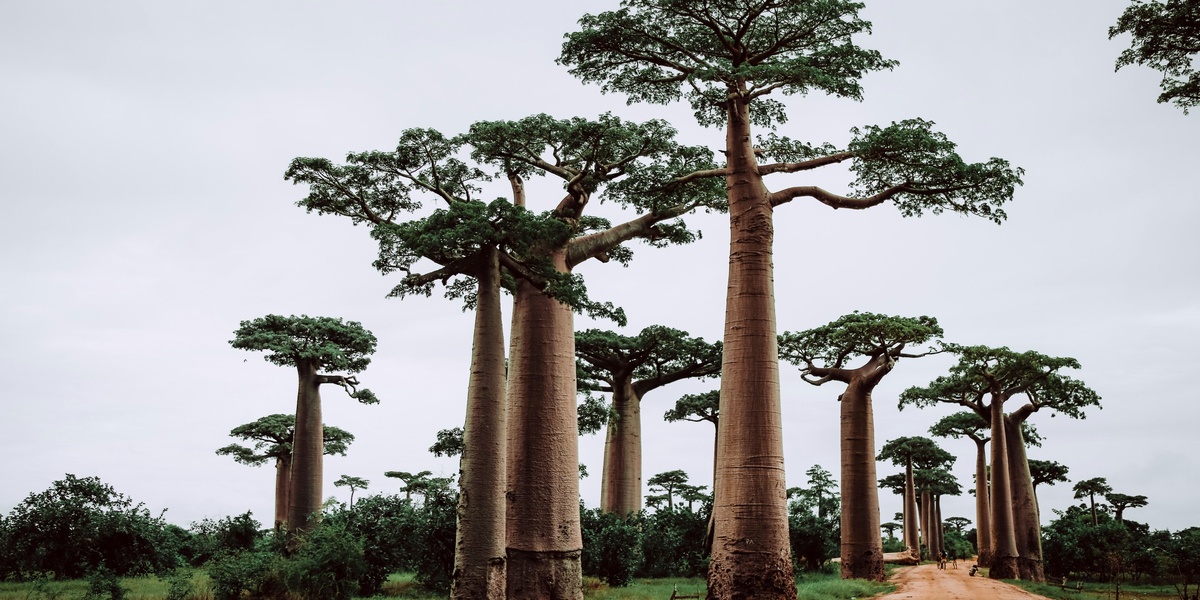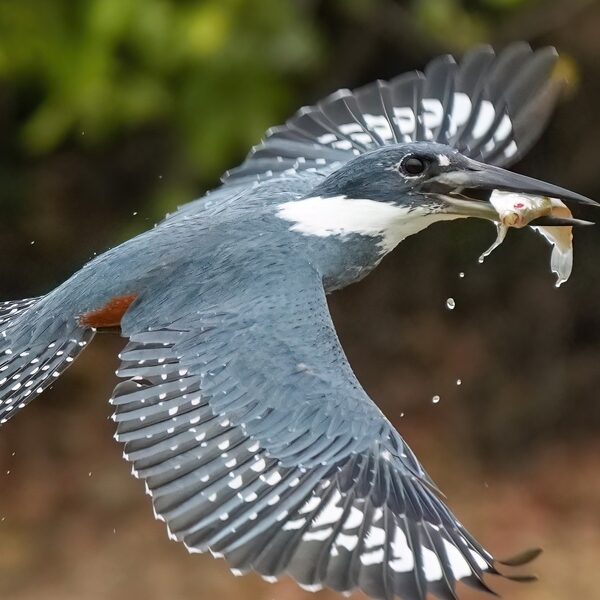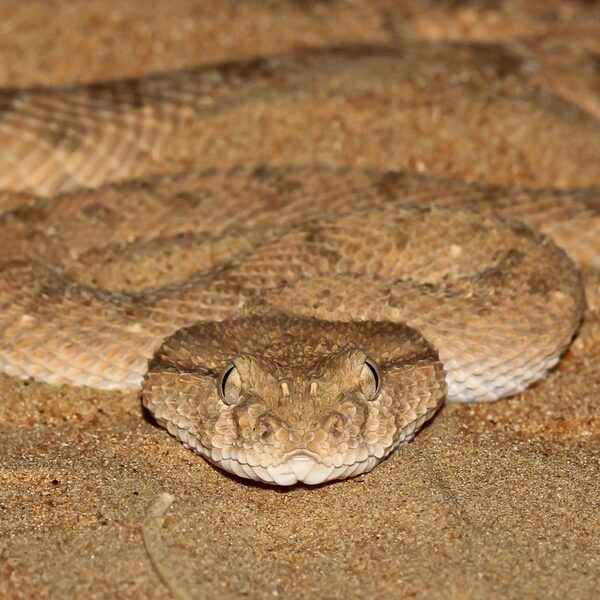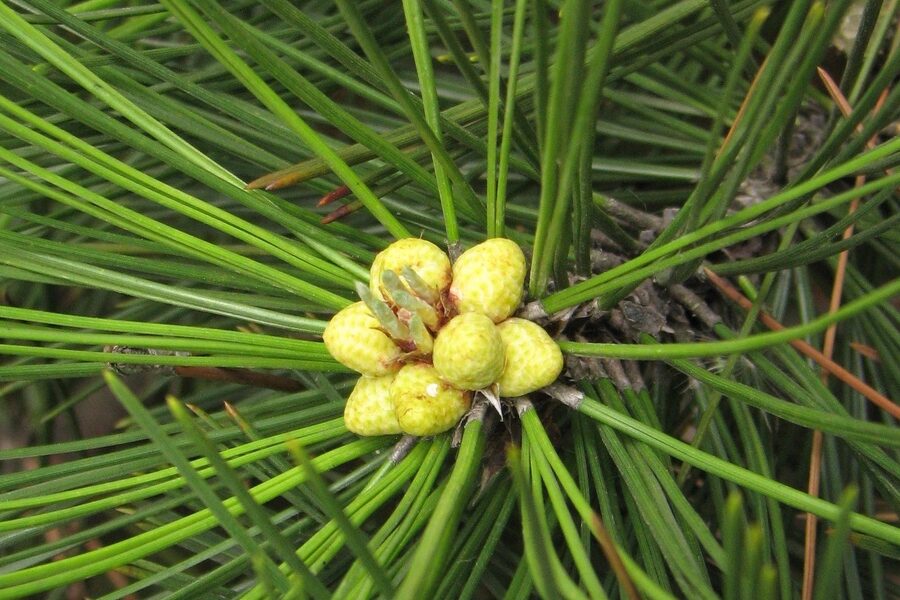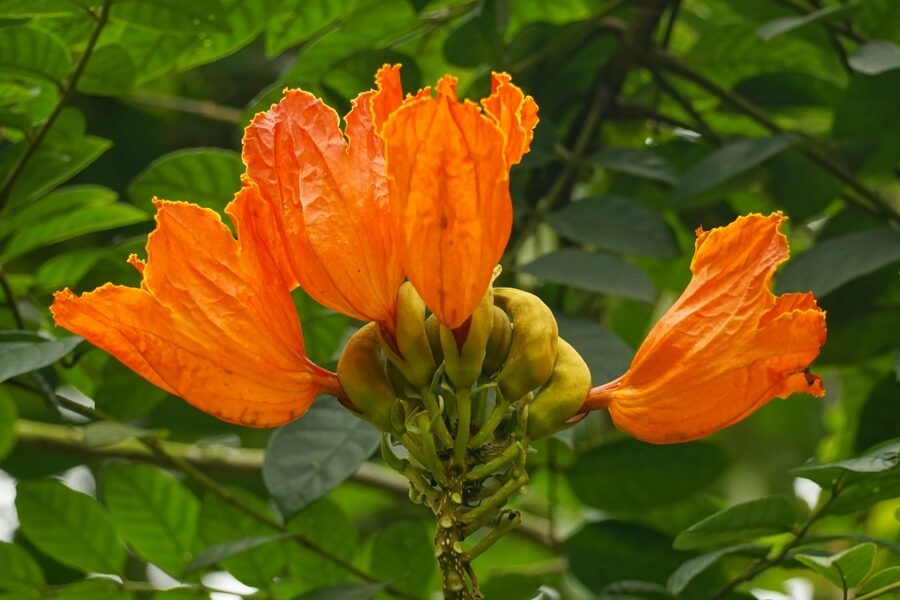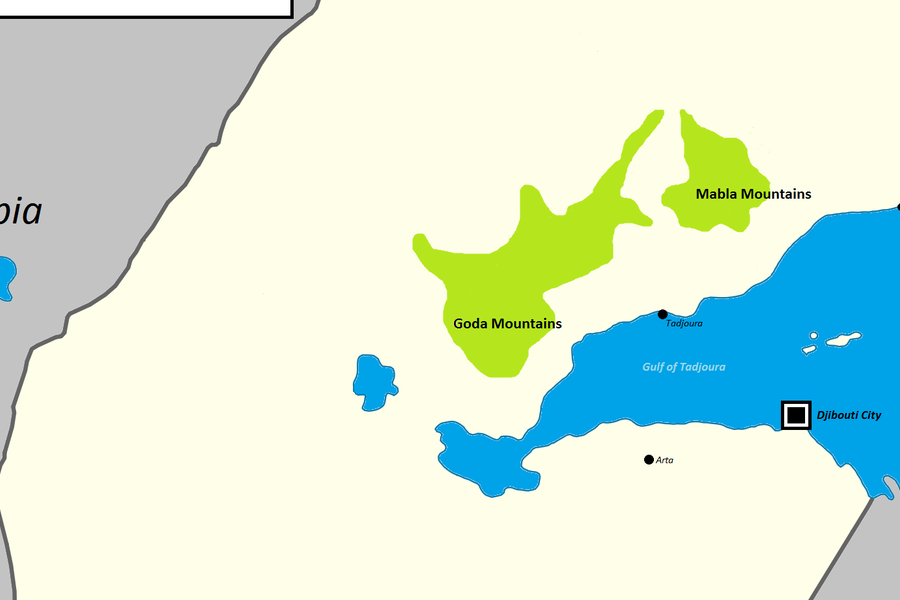When early 20th-century explorers mapped the Usambara and Eastern Arc ranges, botanists found flowering plants never recorded elsewhere — a discovery that helped define Tanzania as a global biodiversity hotspot.
That early work revealed a country where over 10,000 plant species fuel ecosystems, culture and livelihoods — from construction and charcoal to medicines and ceremonial plants. Plants sustain wildlife migrations, store carbon, supply local medicines and generate export income for farmers and artisans. Tanzania’s plant life ranges from ancient baobabs on the savanna to tiny endemic orchids in cloud forests, and these species underpin ecosystems, livelihoods, medicine, and culture across the country. Below are 12 representative examples that show how trees, herbs, coastal vegetation and endemics connect ecology, economy and conservation.
Ecological Foundation: Trees, Woodlands, and Savannah
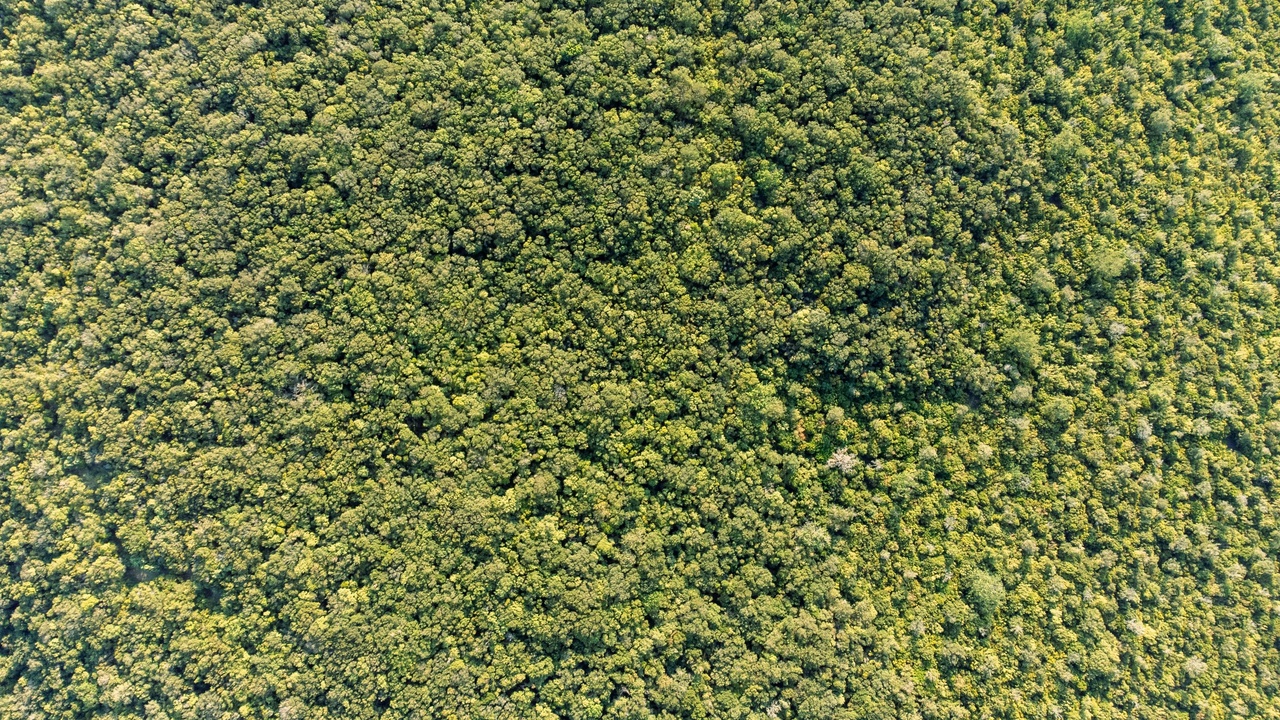
Trees, woodlands and native grasses form the structural backbone of Tanzania’s ecosystems, supporting grazers, stabilizing soils and storing carbon while supplying fuel, fodder and building materials to millions.
1. Baobab (Adansonia digitata) — iconic multi-use savanna tree
Baobabs are long-lived, water-storing trees that are culturally and nutritionally important across Tanzania.
Individual Adansonia digitata can live more than 1,000–2,000 years and store water in massive trunks, helping them survive prolonged dry seasons. Their fruit pulp is vitamin-rich and leaves are eaten as a leafy vegetable, while hollow trunks historically served as emergency water stores.
Communities in central and northern Tanzania harvest baobab fruit for porridge and drinks, and large specimens act as local meeting landmarks visible on Kilimanjaro’s lower slopes and in satellite images of the Serengeti mosaic. Baobabs also provide shade and habitat for birds and bats that pollinate other species.
Those ecological services—drought buffering, food and cultural value—link directly to human well-being and underscore why protecting veteran trees matters to rural livelihoods and tourism.
2. Miombo woodlands (Brachystegia and Julbernardia spp.) — the ecological backbone
Miombo woodlands cover large areas of southern and central Tanzania and support rural livelihoods through woodfuel, fodder and seasonal fruits.
Dominated by Brachystegia and Julbernardia species, miombo supplies charcoal, construction timber and non-timber forest products for millions. It also stores significant carbon in trees and soils and supports diverse wildlife, connecting to protected areas such as Katavi, Ruaha and parts of Mikumi.
Households rely on miombo for cooking fuel and building poles; charcoal from woodlands around the Kilombero Valley is sold in regional markets. Community forestry initiatives in Kilombero and Rungwa illustrate local management models aimed at reducing unsustainable harvest.
Pressure from agricultural expansion and charcoal demand threatens these services, linking ecosystem health to human energy needs and conservation practice.
3. Savanna grasses (Themeda, Hyparrhenia) — the pulse of grazing landscapes
Native grass species such as Themeda and Hyparrhenia form the seasonal backbone of Tanzania’s savannas and drive grazing cycles.
These grasses fuel the Serengeti’s grazing patterns and support the annual migration of roughly 1.3–1.5 million wildebeest (plus zebras and gazelles), creating a dynamic mosaic of grazing, reproduction and predator-prey interactions.
Pastoralists and wildlife tourism both depend on healthy grasslands; Maasai rangeland management practices and savanna fire management shape grass composition and habitat structure. Grassland condition directly affects tourism vistas and game densities in the Serengeti and Ngorongoro Conservation Area.
Because grasses influence fire regimes, grazing and carbon fluxes, their stewardship links ecological cycles with pastoral livelihoods and the tourism economy.
4. Mangroves (Rhizophora, Avicennia spp.) — coastal shields and nurseries
Tanzania’s mangrove forests line coasts and islands, trapping sediment, reducing erosion and serving as nursery habitat for coastal fisheries.
Genera such as Rhizophora and Avicennia stabilize shorelines around Bagamoyo, Tanga and the Zanzibar/Pemba archipelagos, and support commercial and subsistence fisheries by providing shelter for juvenile fish and invertebrates.
Community replanting and conservation projects in Zanzibar and Pemba help sustain local fish catches and protect villages from storm surge. Protecting mangroves therefore preserves food security and reduces coastal vulnerability.
Their role as living coastal infrastructure ties marine resource health to village resilience and livelihoods.
Medicinal and Scientific Value: Plants that Heal and Inform Research
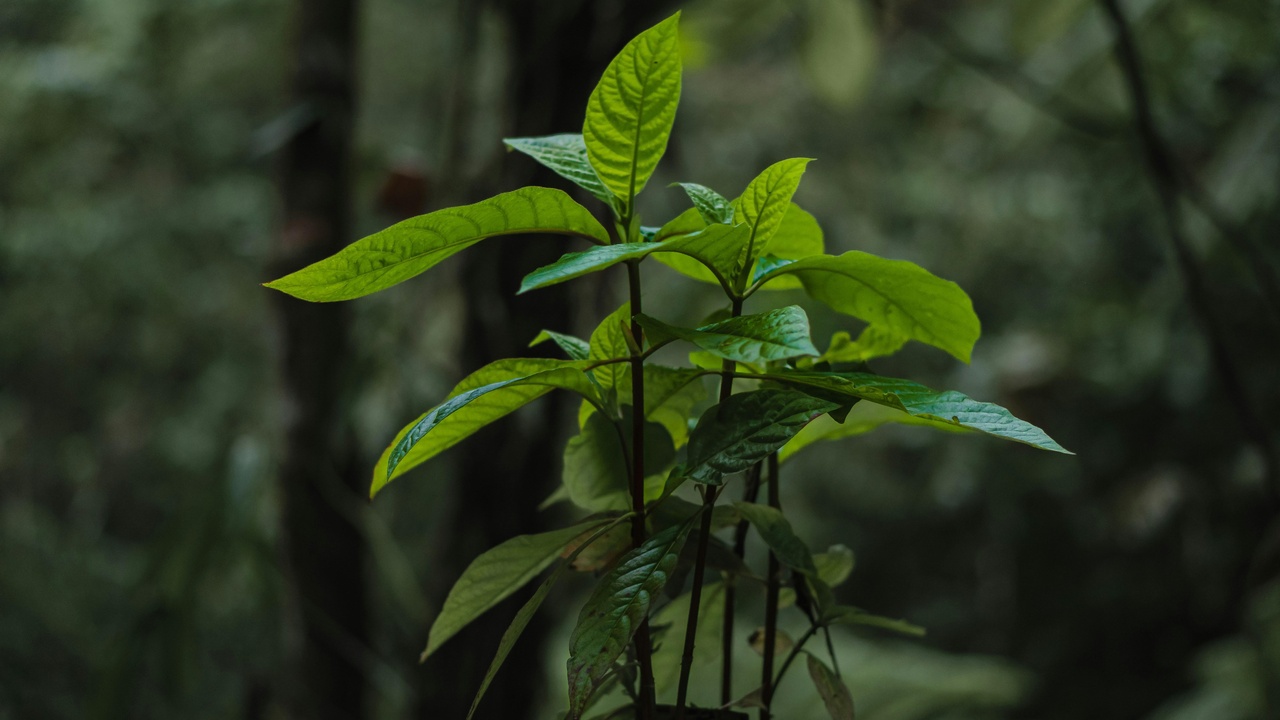
Many Tanzanian species support traditional medicine and modern pharmacology, while endemic montane plants drive research and conservation in the Eastern Arc and Usambara blocks.
5. Prunus africana (African cherry) — a medically important montane tree
Prunus africana is a montane tree valued for bark extracts used to treat benign prostatic hyperplasia and other traditional remedies.
Historically harvested for its medicinal bark, Prunus africana has faced overharvesting; its trade is monitored under CITES Appendix II to encourage sustainable use. Populations occur on Mt. Kilimanjaro (5,895 m region lower montane zones), the Eastern Arc and other highland forests.
Bark extracts enter both herbal and pharmaceutical channels, providing income to rural collectors while prompting sustainable-harvest pilots and community forest management in Eastern Arc reserves to reduce illegal stripping and support regeneration.
Prunus showcases how scientific demand, regulation and local livelihoods intersect in montane forest conservation.
6. Hagenia abyssinica — Afromontane tree used against intestinal parasites
Hagenia abyssinica is a high-elevation Afromontane tree traditionally used to treat intestinal worms with dried infusions of its flowers or leaves.
Found in montane patches of the Eastern Arc and Uluguru highlands, Hagenia’s use is well documented in ethnobotanical studies and supports community health where clinics are distant. The species is sensitive to forest clearing and fragmentation.
Local healers prepare decoctions for families during seasonal health needs, linking botanical knowledge to practical rural healthcare while highlighting the conservation value of intact montane forests.
Protecting Hagenia and its habitat therefore sustains both biodiversity and traditional health systems.
7. Wild Coffea species — genetic reservoirs for cultivated coffee
Wild Coffea relatives in Tanzania’s forest patches are genetic reservoirs that can improve cultivated coffee’s resistance to pests, diseases and drought.
Forest populations in Eastern Arc and highland fragments carry useful traits breeders seek for resilience, and preserving them supports the national coffee sector, an export earner for many smallholders. Deforestation and fragmentation threaten these wild gene pools.
Research programs and forest gene-bank initiatives work to catalog wild Coffea genetics so breeders can develop improved varieties that benefit highland farmers and national exports.
Wild coffee conservation therefore links in-situ biodiversity protection with agricultural innovation and rural incomes.
8. Aloe and other traditional medicinal succulents — low-tech medicine and income
Native and cultivated aloe species supply topical remedies and small-scale income through gels, soaps and cosmetics.
Coastal and arid-zone farmers near Dar es Salaam and other towns grow aloe for local markets; aloe gel is used for wound care and skincare and is processed into value-added products by small enterprises. These low-tech value chains diversify incomes.
Smallholders sell cuttings and processed gel to urban retailers, and community cooperatives often help standardize drying and packing to reach larger markets, linking traditional remedies to small-scale entrepreneurship.
Such plants show how simple processing and local knowledge create accessible health products and livelihoods.
Cultural, Economic and Conservation Spotlight: Endemics, Timber, and Coastal Plants
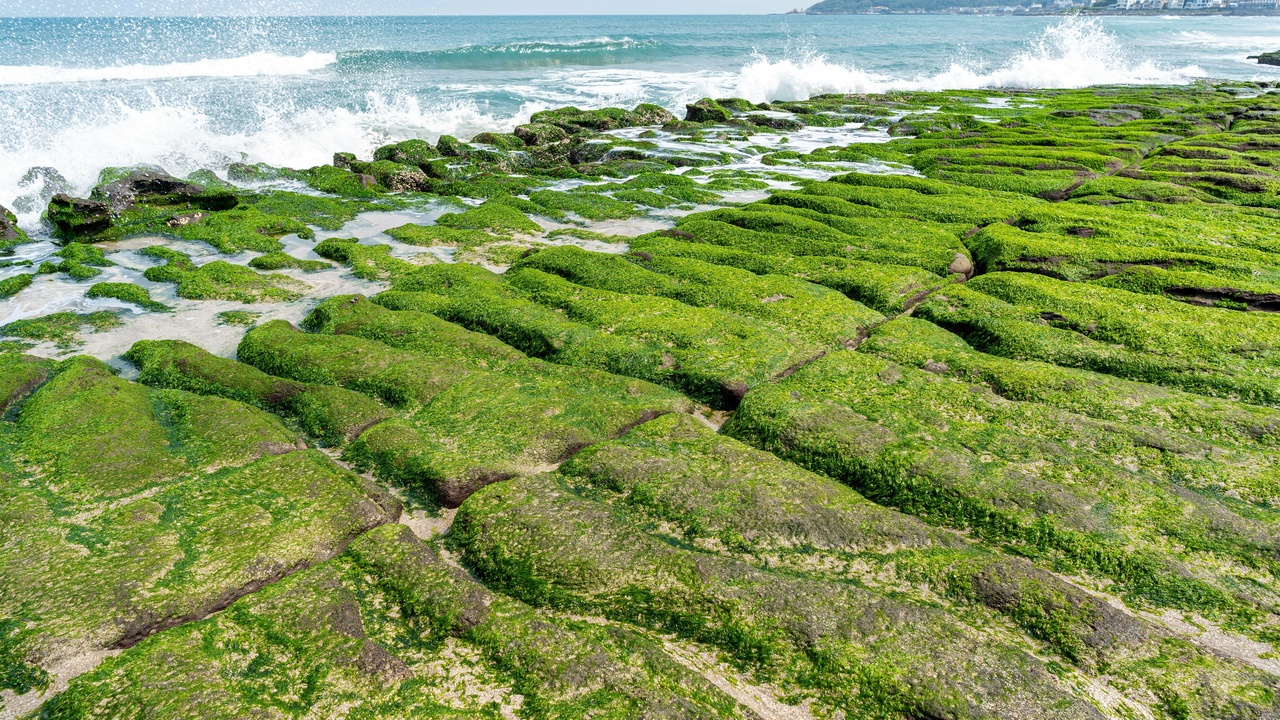
The following species illustrate cultural uses, high-value timber pressures and coastal “blue carbon” roles — and why local stewardship matters for global markets and heritage.
9. Mpingo (Dalbergia melanoxylon) — prized timber for instruments and craft
Mpingo, or African blackwood, is a dense hardwood prized for woodwind instruments, carvings and marimba keys.
Its small, dense billets command high prices in international markets, prompting concern about illegal logging and wild stock depletion. Many Dalbergia species are subject to international trade controls (CITES) to reduce unsustainable harvest.
Artisans and instrument makers prize mpingo for clarinets, oboes and marimbas; local luthiers depend on regulated supply chains. Efforts to curb illegal harvesting include enforcement and promotion of plantation or agroforestry alternatives.
Mpingo’s situation highlights how cultural demand and global markets can jeopardize native tree populations without active management.
10. African violet (Saintpaulia ionantha) — Usambara endemic turned global houseplant
African violet (Saintpaulia ionantha) originates in the Usambara Mountains and became a globally popular ornamental through horticultural breeding.
Discovered in the late 19th and early 20th centuries, wild Usambara stock provided the genetics used by breeders to create many cultivated varieties sold worldwide. Local propagation and seed/cutting sales offer economic opportunities for nurseries and collectors.
Protecting Usambara forest fragments preserves the genetic diversity that underpins horticultural varieties and supports small-scale nursery incomes tied to native plant genetics.
Its history shows how a local endemic can have outsized cultural and economic impact when connected to global markets.
11. Endemic Eastern Arc species (example: rare orchids and small trees) — biodiversity hotspots in the hills
The Eastern Arc and Usambara ranges host hundreds of endemics — orchids, violets and understory trees found nowhere else.
These mountain blocks are recognized as biodiversity hotspots and attract scientific research, conservation funding and ecotourism. Small, fragmented forest patches contain species with extremely narrow ranges that are highly vulnerable to land conversion.
Researchers cataloguing endemic orchids and local guides leading ecotours in the Usambara illustrate how science and sustainable tourism can support local economies while helping conserve irreplaceable taxa.
Protecting these habitats is urgent because many endemics exist in only a few forest fragments and cannot easily relocate.
12. Seagrass meadows and coastal flora — blue carbon and fisheries support
Seagrass beds around Zanzibar and Pemba store “blue carbon” in sediments and provide nursery habitat for juvenile fish and invertebrates.
Seagrasses help sequester carbon over decades to centuries and support coastal fisheries and tourism (snorkeling and diving) that local communities rely on. Mapping around Zanzibar and Pemba guides protection and sustainable fisheries planning.
Community efforts to protect seagrass and adjacent mangroves combine habitat conservation with sustainable fishing rules to sustain catches and climate mitigation benefits.
Coastal vegetation thus links climate action, food security and income for island and mainland coastal communities.
Summary
- Trees, woodlands, savannas and coastal plants provide core ecosystem services and materials that millions depend on.
- Hundreds of endemics in the Eastern Arc and Usambara highlight unique global biodiversity and urgent conservation needs.
- Commercial pressures—from mpingo timber to medicinal bark—tie local livelihoods to international markets and require regulated, community-led solutions.
- The flora of tanzania includes species that support traditional medicine, agricultural resilience and blue carbon actions, so protecting them benefits people and climate.
- Support local conservation, choose sustainable products and visit natural areas responsibly to help secure plants and the services they provide.
